“Satin sheen.” “Smooth finish.” “Polished veneer.” The woodworking section of any home improvement store will have you think it’s a menu for a car wash. With sandpaper that ranges from 60 Grit (coarse) to 320 Grit (x-fine) and a whole range of varnishes we’re led to believe that the best recipe for finishing wooden furniture is sandpaper, vacuum, urethane, sandpaper, vacuum, urethane, repeat. Then repeat again.
But we’re doing it all wrong. At least according to Toshio Tokunaga. “Sandpaper rubs away the natural pattern of the wood, leaving behind a smoothness that is artificial and which obscures the tree’s innate characteristics,” says the craftsman and founder of Tokunaga Furniture.

All of Tokunaga’s furniture is made exclusively with the kanna, which produces the unique kanna-finish
Before designing any furniture, Tokunaga designs tools. And most important – the tool responsible for the studio’s ultra-smooth finishes – is the kanna, a plane crafted using blacksmithing techniques that have been passed down in Japan for thousands of years. And every single one of their tools is handcrafted in the traditional Japanese style by a master smith by the name of Ohara Yasuhiko.
The kanna-making process utilizes exactly the same metallurgy technique that is used when making the katana blade—i.e. nestling the harder, more brittle (but deadly sharp) tamahagane steel in a softer metal to prevent it from shattering.
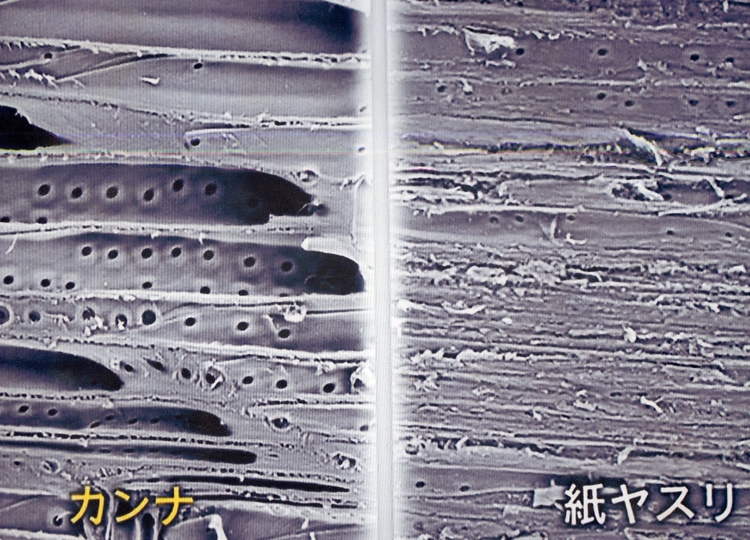
Displaying the drastic difference between wood finished with a kanna (left) and wood finished with sandpaper (right), this photo speaks for itself. The kanna-finish preserves the natural pattern of the wood, rather than rubbing it out into an artificial smoothness
“Here at Tokunaga Furniture, we believe that trees are elusive life-forms, beings of many expressions,” says the craftsman, who operates his studio with 4 apprentices. “Just as soon as you think you’ve understood them, they reveal a completely new side to themselves—one that had hitherto been completely hidden.” For this reason, all of Tokunaga’s furniture is finished with the kanna. There is no need for any extra layer of varnish over the wood.
Tokunaga Furniture is trying to champion this alternative technique in opposition to the sandpaper finish. Mr. Tokunaga’s personal mission, we’re told, is to demonstrate to the global woodworking community that sandpaper destroys the natural grain of the wood (whereas the kanna preserves it) and to help spread this pure kanna-finish technique worldwide with the hope that, one day, it will become the new norm.
“The message to us humans,” says Tokunaga “seems to be that no amount of time or study will make [wood] truly knowable, but our goal is to get as close as humanly possible in spite of this.”

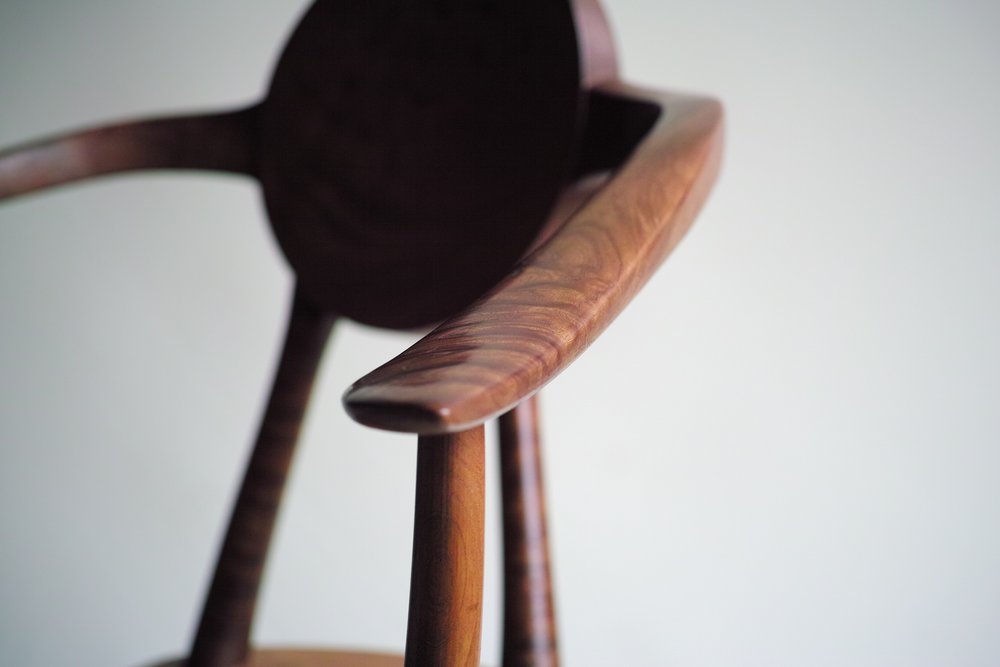
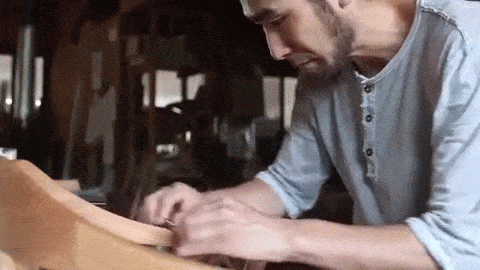
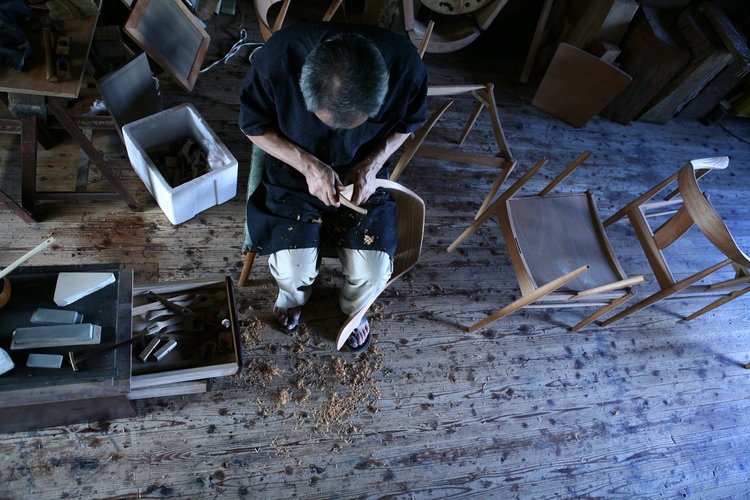
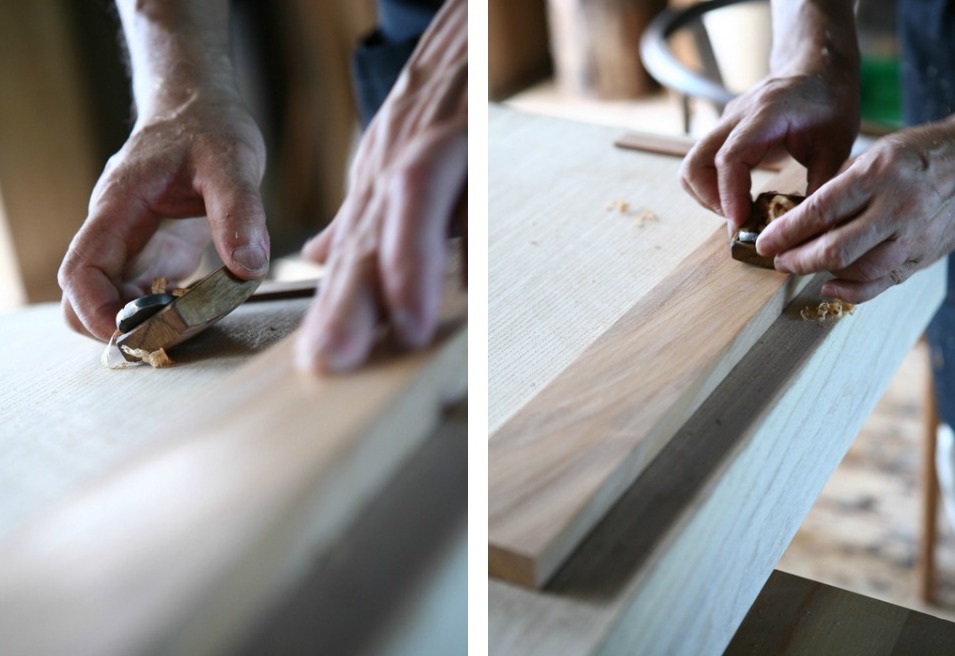
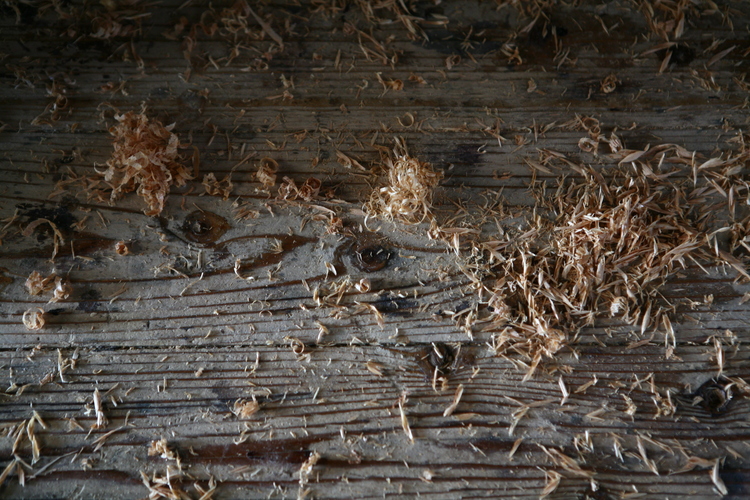
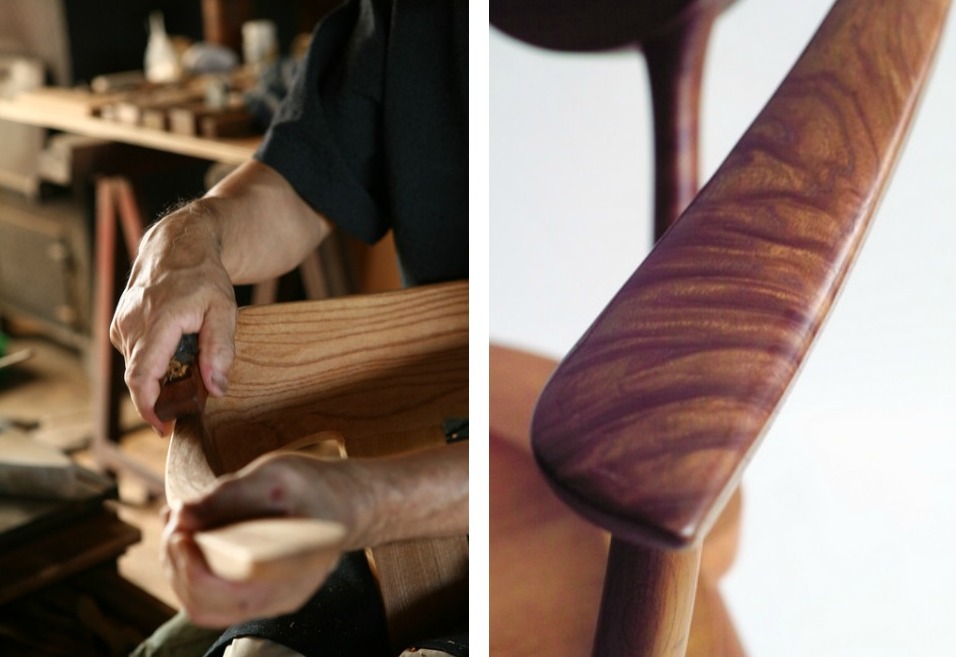
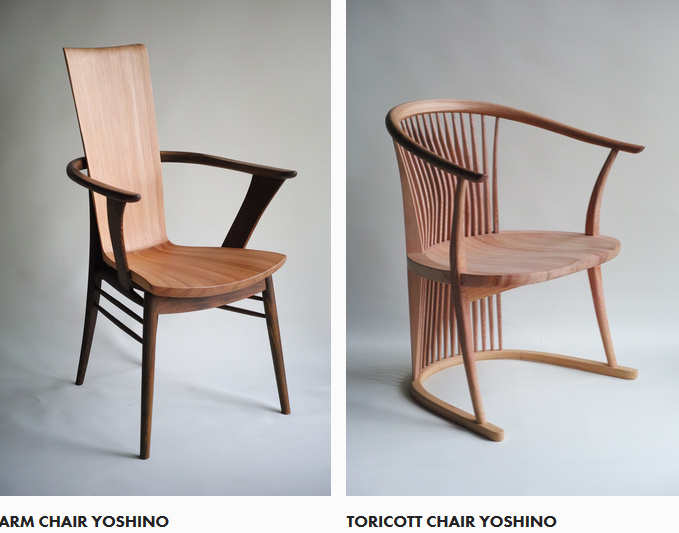
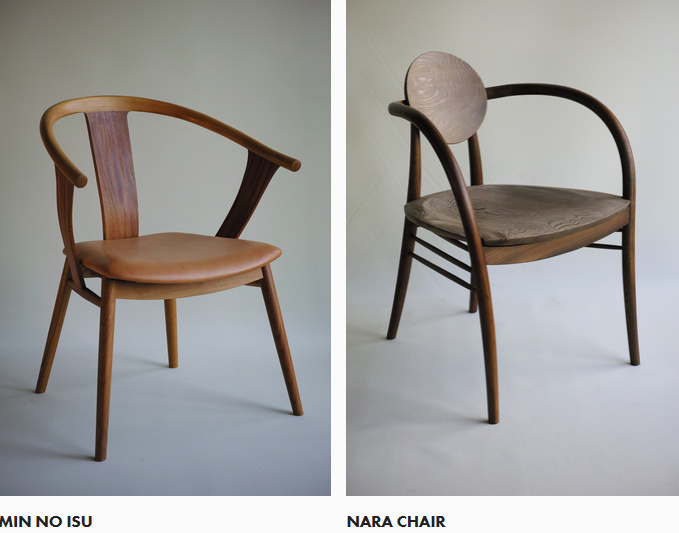

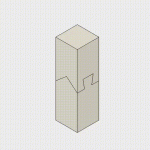


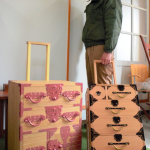


















May 24, 2015 at 3:43 am
You know, this post really got me thinking…that’s why I decided to respond in a post.
I have been using sandpaper for so long. For me with all those facts given in the article, transitioning to another method of finishing might not end up the same quality as from Tokunaga Furniture. Tools are just tools, its the hands who uses the tools that does the job. I love to try “kanna” though, it just needs more mastering and practicing. Nice article by the way.
May 28, 2015 at 7:41 pm
Seria interesante que piensen en los hispano parlantes, que también podemos consumir sus productos.
May 29, 2015 at 1:41 am
I would love to try it but it seems to be something youd have to literally master b4 you could finish a item like that as it would literally destroy the item if you went at it and had no idea what you were doing
June 2, 2015 at 11:13 am
I’ve always found the hard work that goes into making beautiful furniture like this to be fascinating. It’s not often that people get to see what goes into creating each piece of furniture, which should only increase the appreciation for it.
June 10, 2015 at 7:05 am
A chair maker by trade, I first heard about that concept from other students at my vocational school: the piano and organ builders NEVER used sandpaper on thir wooden pipes: the fuzzy surface lead to a muddy “dead” sound. They preferred very sharp tools instead – just like late James Krenow did…
June 14, 2015 at 3:16 pm
I was very fortunate to have met Living Treasures of Japan in Suncook, New Hampshire about
30 years ago. One was Tanaka Hisao who made Kana. He made a plane for me. I also have a Chiazuro plane that is Razor Sharp and can make Very Thin shavings. It takes a lot of practice to eliminate sandpaper but if it is done well, a planed surface brings out the grain and feels smooth to the touch.
June 18, 2015 at 1:58 pm
Japanese craftsmen spend hours every morning sharpening their kanna blades for the day’s work. The specialness to the kanna is the steel; there’s none other like it. It also takes much skill to set up the kanna to ensure the blade is aligned perfectly. In Japan there are competitions all over the country to see which craftsman can produce the thinnest and longest shaving from their kanna. I have seen many times shavings 3 microns thin. So thin that you can see through it without any problems. In my shop I use them as well as other Japanese tools.